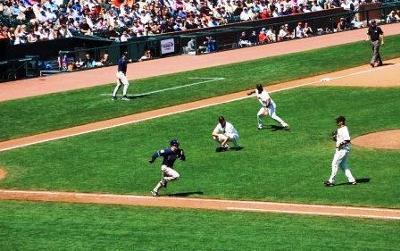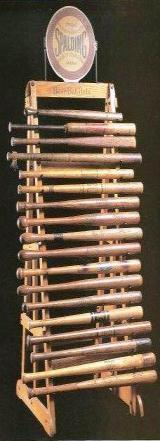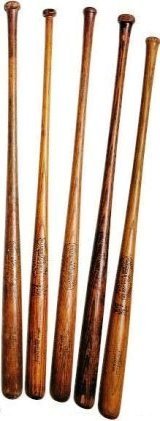5-20-2011 Indians: Was Carrera actually out after the bunt last night?
by Mary Knowles
(Cleveland, OH)

A look at the first base running lane
Mary asked: Hello from Ohio City (Cleveland neighborhood rated worldwide top 10 bar hopping site in USA today): My husband Doug and I watched the Indian's game last night. We both felt Carrera may have been out as he touched the grass with one foot when running to first after his bunt. I researched this and read rules about being able to go 3 feet out of your path toward base but your site implies this doesn't apply for the last third of the first baseline? Please clarify. But we will take the win to stay on top. Cleveland has earned a World Series win in our eyes a few times since the 90's. Thanks.
Rick answered: Mary, thank you for your question.
I did not see the play which you are referring to with Carrera. This is the gist of the rule, and we'll see if it fits into that particular play.
The situation with the first base line, and it's marked running lane, is seperate from a runners ability to go three feet out of their path to a base, to avoid a tag, between first and second, second and third, and third and home.
The running lane in the last half of the distance to first base is there to provide the batter/runner, as well as the umpire, a visual mark to avoid interference on a play at first base.
These plays generally come up on bunted balls out in front of the plate, or up the first base line. They also occur on balls topped out in front of the plate or up the first base line.
It can also occur on a missed third strike, whereby the runner can run to first. If the ball is blocked into foul territory behind home plate, outside of the first base line, or outside of the third base line, the first baseman always yells which side of first base he wants the catcher to throw to, as the runner will be in that three foot marked lane.
Balls in those locations create angles whereby the the runner can end up in the defensive fielders throwing lane. The rule requires the runner to be in that three foot lane, the fielders must adjust around that lane.
The rule: Runner is out if he runs outside the three foot running lane ( last half of the distance to first base), while the ball is being fielded or thrown to first base.
The infraction is ignored if it is to avoid a fielder who is attempting to field a batted ball or if the act does not interfere with a fielder or throw.
Batter/runner is considered outside the running lane if either foot is outside either lane. If both feet are within the lane, but player gets hit on his elbow, which is outside the lane, no interference is called.
In your play from last night, if the umpire determined that it did not result in interference with the throw, or the ability of the fielder to make the catch, he can ignore it.
You will see it on a regular basis as you watch the games, MLB runners do crowd those lines, even get outside of them. Usually ignored unless there is an obvious advantage gained by the runner.
Did this play cause a controversy? I would be interested in hearing the details.
Hopefully that helps make this rule a little clearer.
Yours in baseball,
Rick
|



